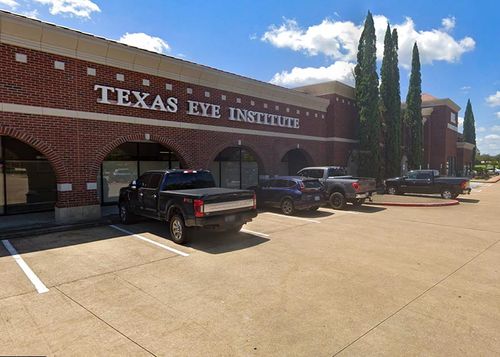
Adult Strabismus, which is a form of “lazy eye,” is a condition where the eyes are not aligned with each other. One eye may cross toward the nose, may drift outward toward the ear, or one eye may be higher than the other. Strabismus is most often seen in children, but it is also commonly seen in adults.
In most cases, adults with strabismus have had the condition since childhood. The condition may have been mild or undetected as a child, and worsened over time. Childhood strabismus which has been previously treated sometimes recurs at a later point in time. Strabismus in adults can also occur from medical conditions. Diabetes and high blood pressure are some of the risk factors leading to “mini-strokes,” which may affect the eye muscles and lead to strabismus. Various neurologic conditions, tumors, and head injuries can cause eye misalignment. Some forms of strabismus can be temporary.
Adults with strabismus may have double vision. Some may experience headaches and eyestrain, especially when tired or after short periods of reading. Some adults who have had strabismus since childhood have poor vision in one eye, a condition called amblyopia. Patients with strabismus often have little or no depth perception.
A complete eye exam, including eye drops to dilate the pupil and refraction to determine the need to wear glasses, is necessary. In addition, the amount of eye misalignment is measured using prisms. Sometimes, a CAT scan or MRI is ordered.
Adults with strabismus may have treatment options, depending on the severity of the symptoms. If the symptoms are mild and not bothersome to the patient, nothing may be done except close observation. Sometimes regular glasses may improve the eye alignment. Prism glasses are sometimes used to relieve double vision. Prisms work by aligning the images seen, although the eyes would still be misaligned. Prisms work well for patients with mild strabismus, those with temporary strabismus, or for those who do not want surgery.
Eye muscle surgery is commonly performed to align the eyes. Surgery is recommended for those with moderate and severe strabismus, and is a good option when prisms are not tolerated. The surgery may involve moving one or more eye muscles to a new position, lengthening or shortening a muscle, or in select cases may involve injecting Botox into a muscle. In most cases the surgery is performed under general anesthesia and is an outpatient procedure. Overall, the benefits gained from having strabismus surgery greatly outweigh the risks involved.
For more information regarding pediatric or adult strabismus, please feel free to visit the American Academy of Ophthalmology website. Texas Eye Institute encourages any parents of young children to research this eye condition for a better understanding of what they will be facing.
Texas Eye Institute is proud to provide five convenient locations for your eye care needs. Visit one of our convenient locations in Angleton, Sugarland, Southwest Houston, Katy, or Southeast Houston to see why the Texas Eye Institute is the best choice to care for your vision. Need LASIK in Houston? What about a comprehensive eye exam in Sugarland? See our locations page to find our practice nearest you!









